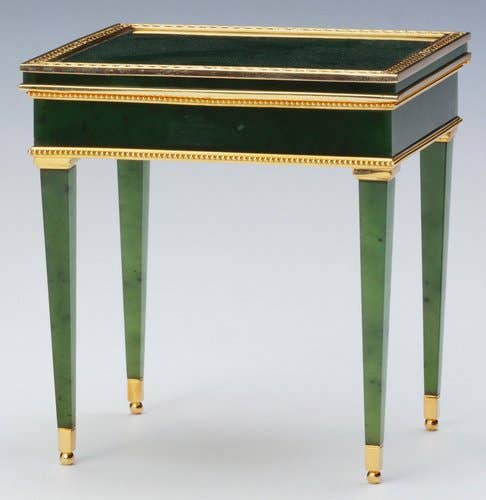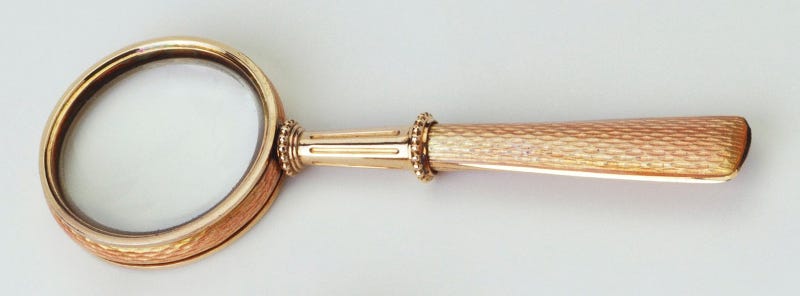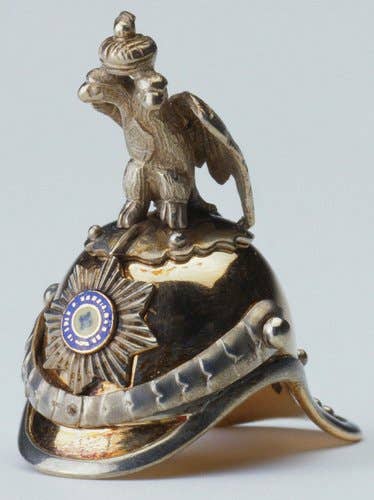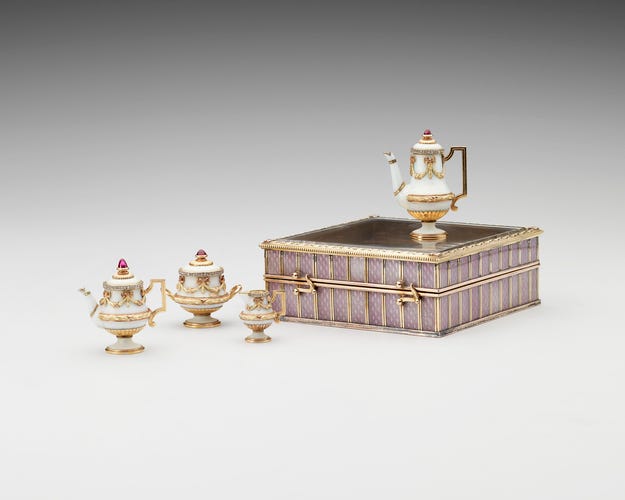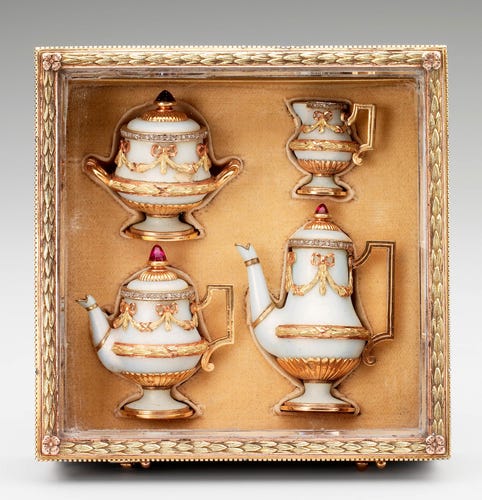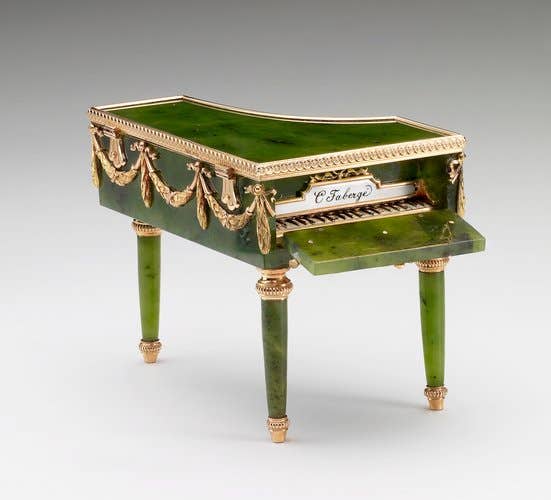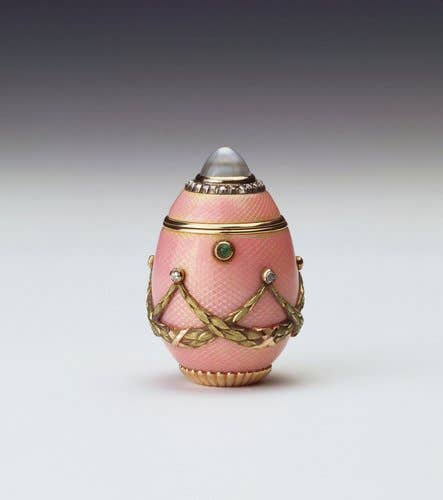Queen Elizabeth’s Collection of Miniatures
Like many collectors, the royal families have also found big joy in collecting tiny things for centuries.
Many collectors are enchanted by miniature objects, and Her Majesty Queen Elizabeth II is no different.
To keep the art form alive, the Queen has been purchasing miniatures of considerable significance during her reign, including a portrait of the architect Hugh May by Samuel Cooper and a portrait of Queen Henrietta Maria by John Hoskins, once in the collection of Charles I.
All of the royal families have been charmed by teeny things for centuries, and more than 3,000 miniatures in the Royal Collection constitute one of the largest groups of such works in existence. The development of the miniature as an art form, from its origins in the early 16th century to its slow decline in the 19th, can be traced through examples in the collection. It's a goldmine of beautiful tiny treasures, especially miniature portrait paintings, and with an oddity or two - at least it might be a bit surprising to see X-rays of hands in the collection that also includes numerous little Fabergé masterpieces.
The Tudors were the first collectors of miniatures, when Henry VIII started acquiring them, and miniaturists began to hold official positions at court. During the earlier centuries, their work often directly reflected the circumstances, interests and even the character of the sovereign. During Queen Victoria’s reign, the patronage of miniaturists continued, and her interest in miniatures was nurtured by her passion for family and dynastic history. Prince Albert even designed a special cabinet with sliding drawers for her to store her collection.
Everything is meticulously documented on the Royal Collection Trust’s digital database, where you can rummage through one of the largest and most important art collections in the world, including the crown jewels, and also search for miniatures. While the collection is not owned by the Queen as a private individual, the Royal Collection is held in trust by her as sovereign for her successors and the nation.
You can learn more about the collection of miniatures here, and explore the entire royal collection here.
This is a just a sampling of some favorite minis:
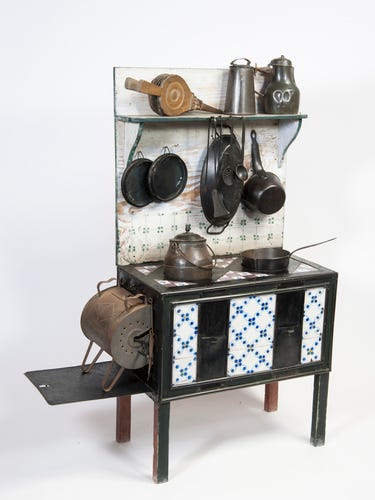
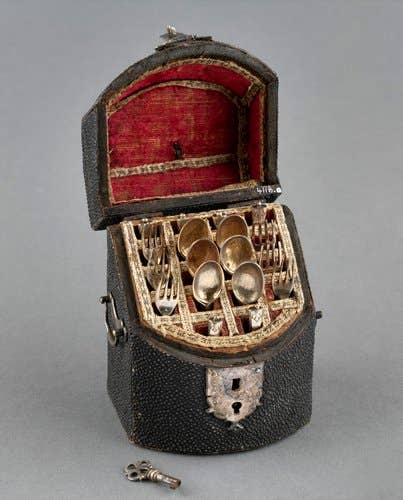
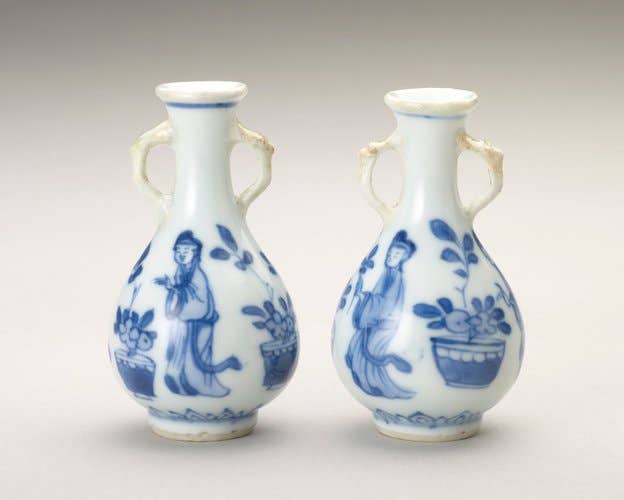
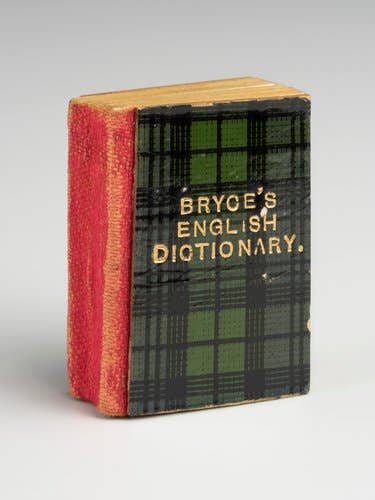
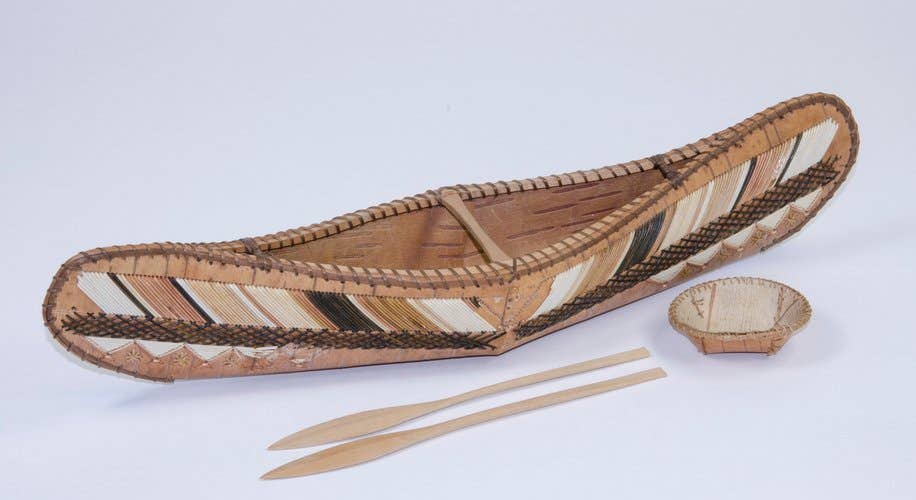
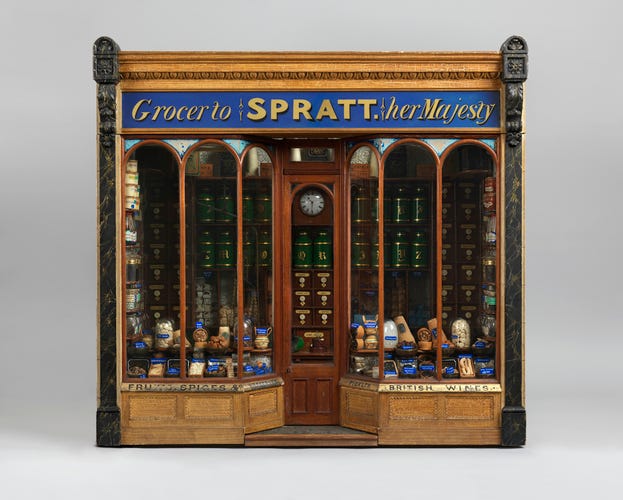
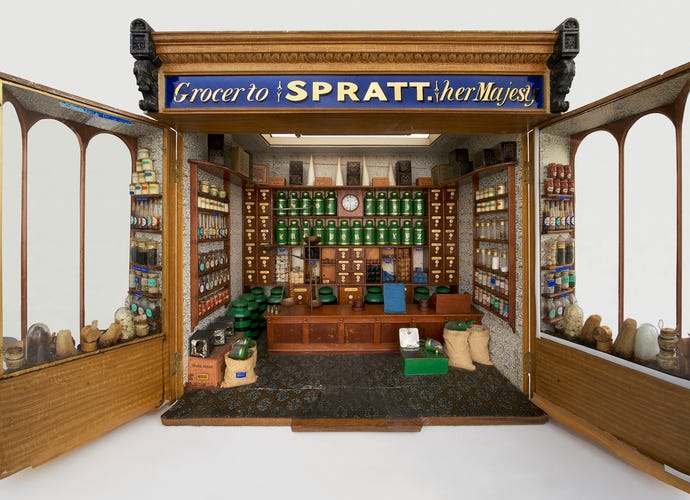
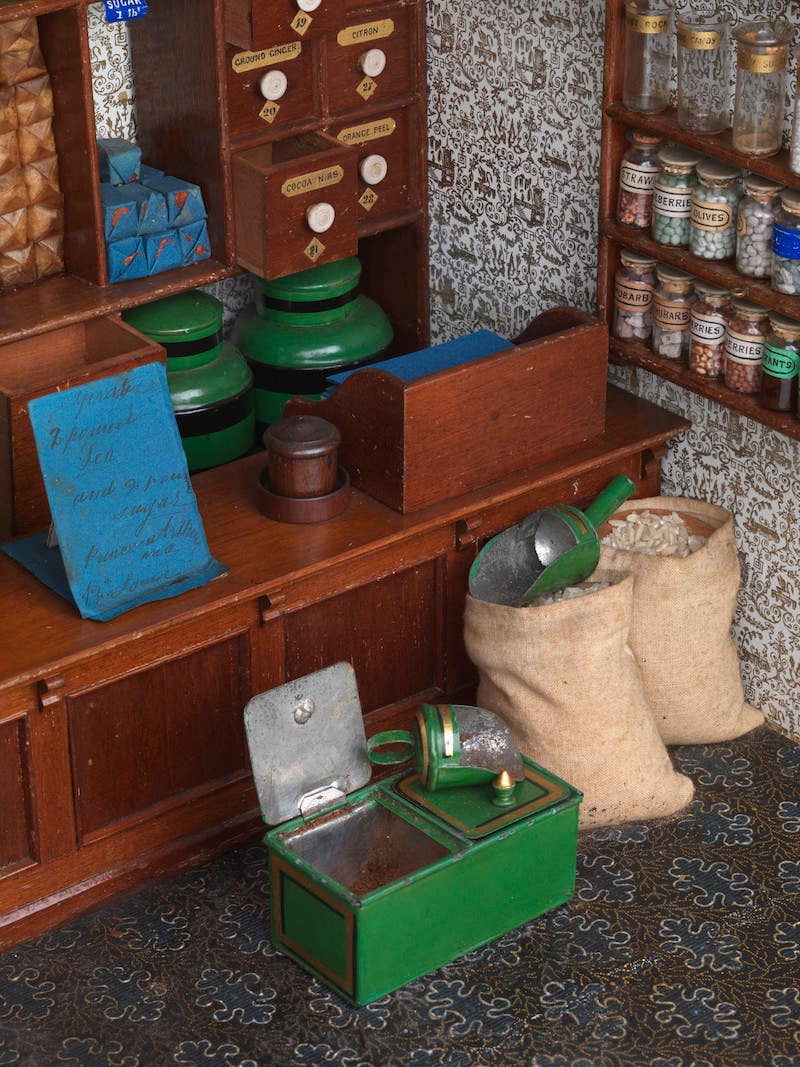
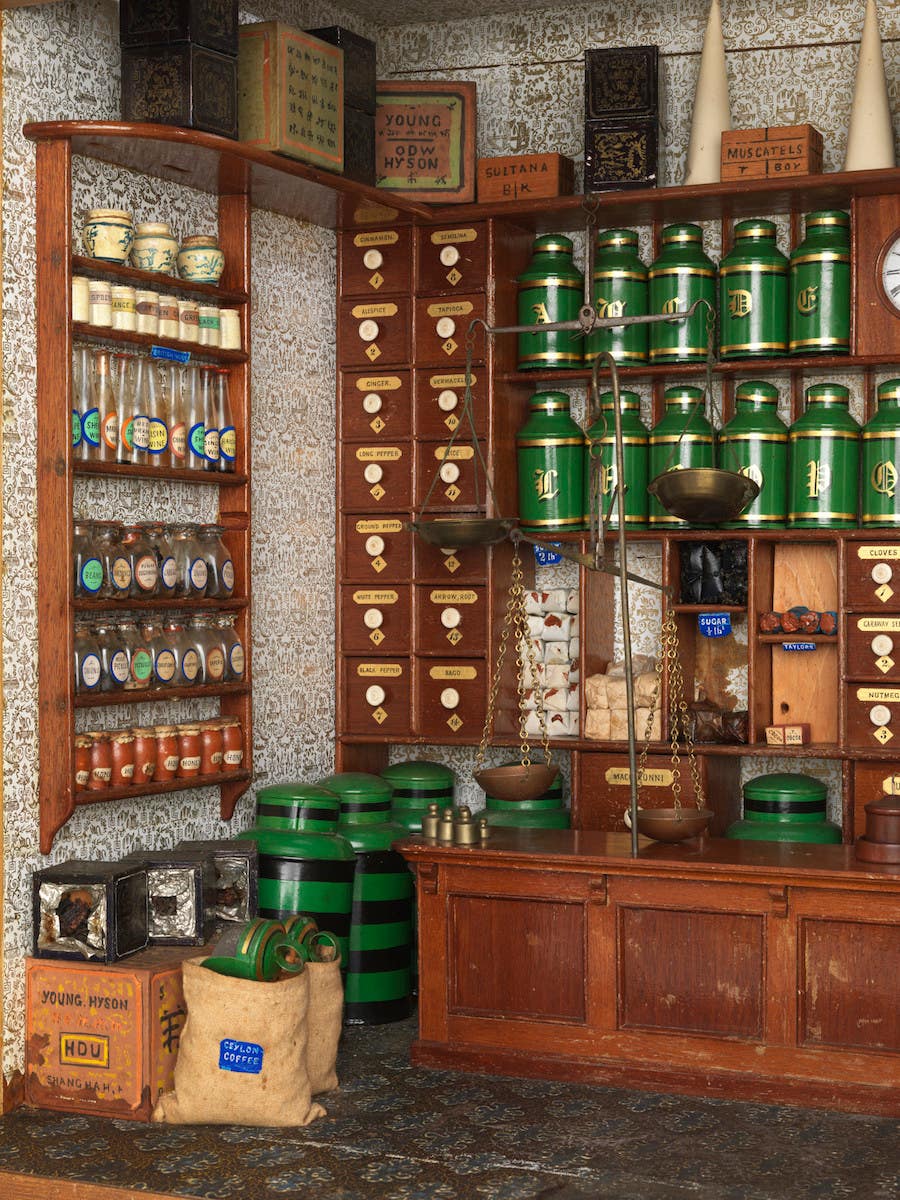
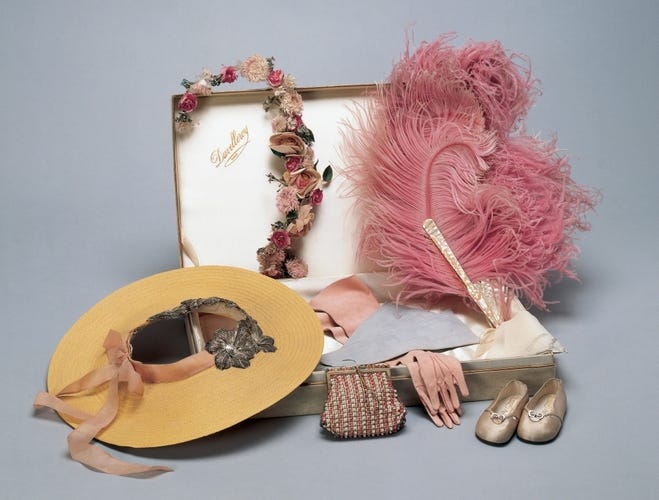
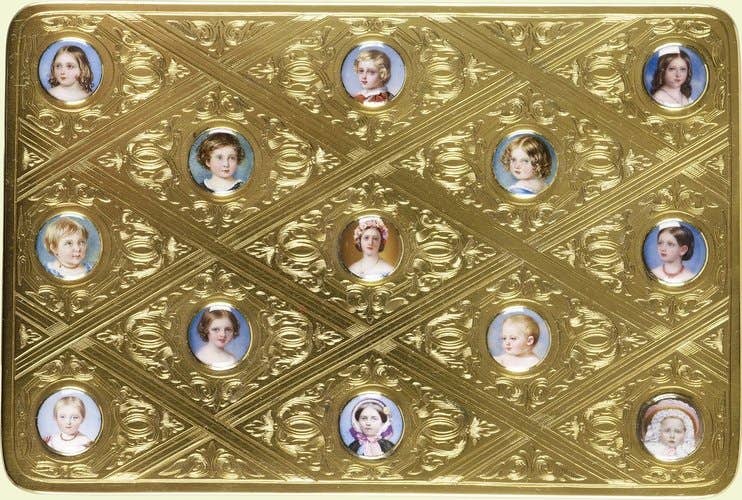
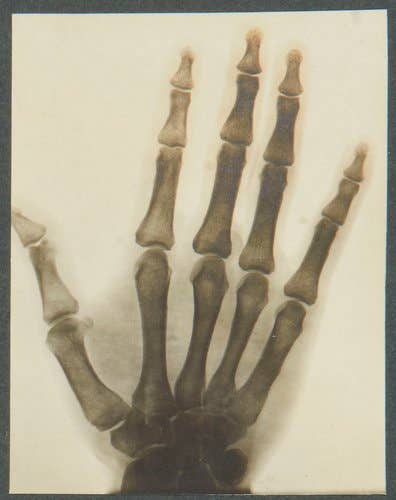
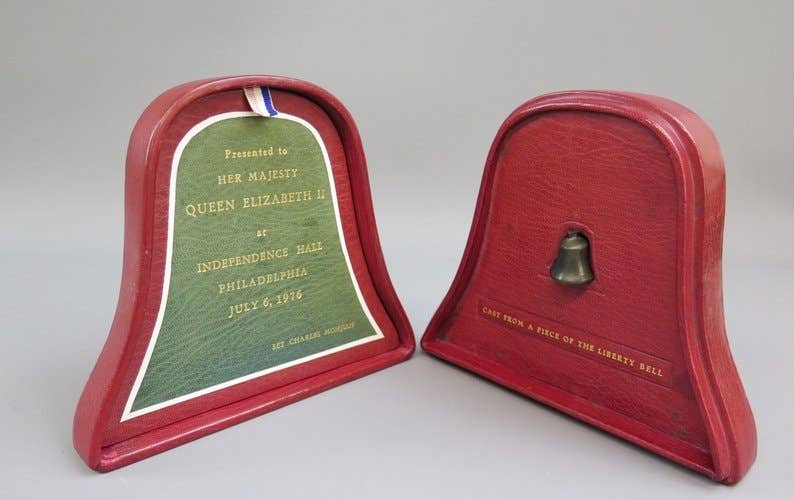
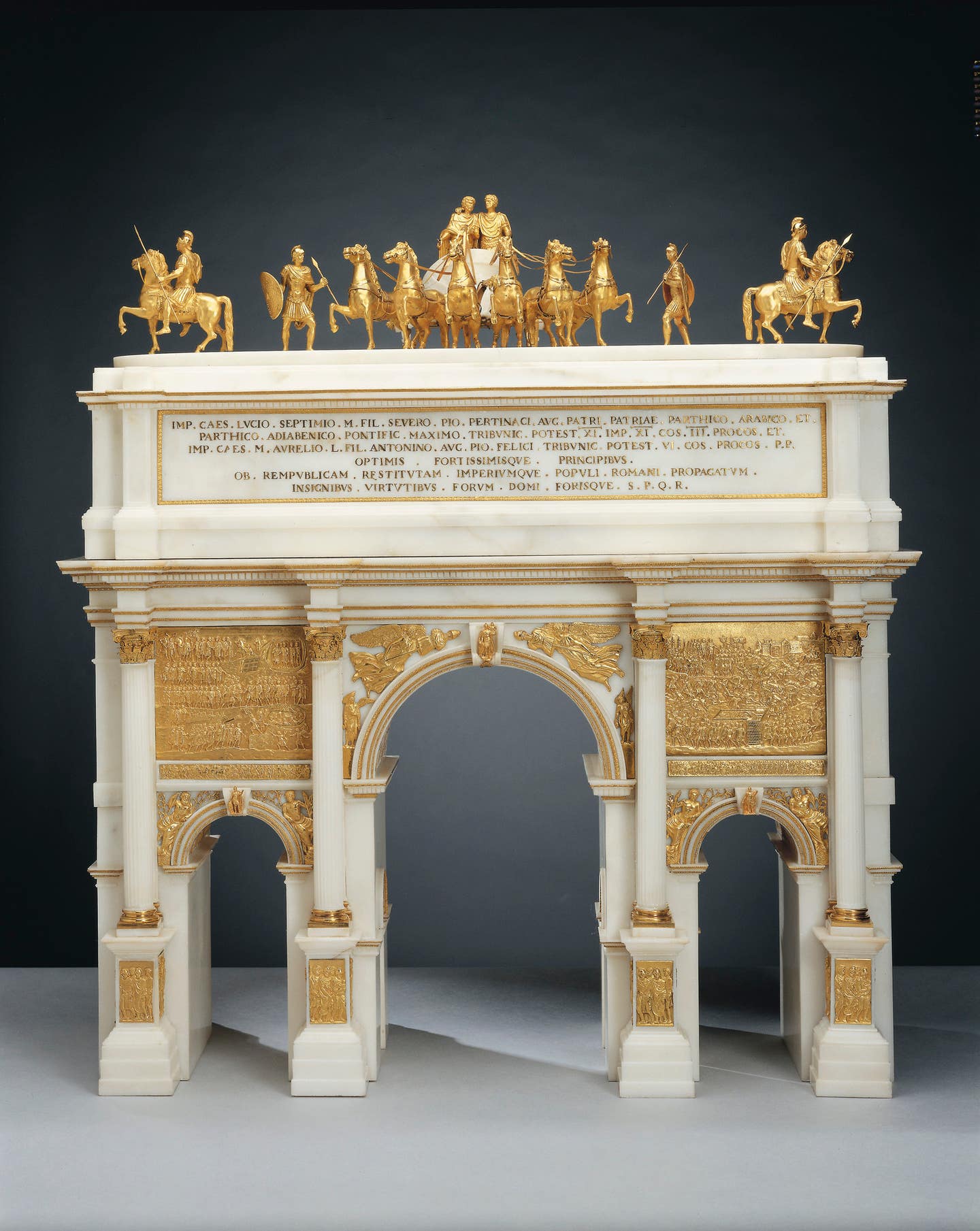
The Fabergé Treasures
The royal family owns three of the surviving 43 “Imperial” Fabergé eggs, and also has the largest overall collection of works by the great Russian jeweler Carl Fabergé and his workmasters. Acquired almost exclusively through the exchange of personal gifts between the Russian, Danish and British royal families, here are some highlights:
